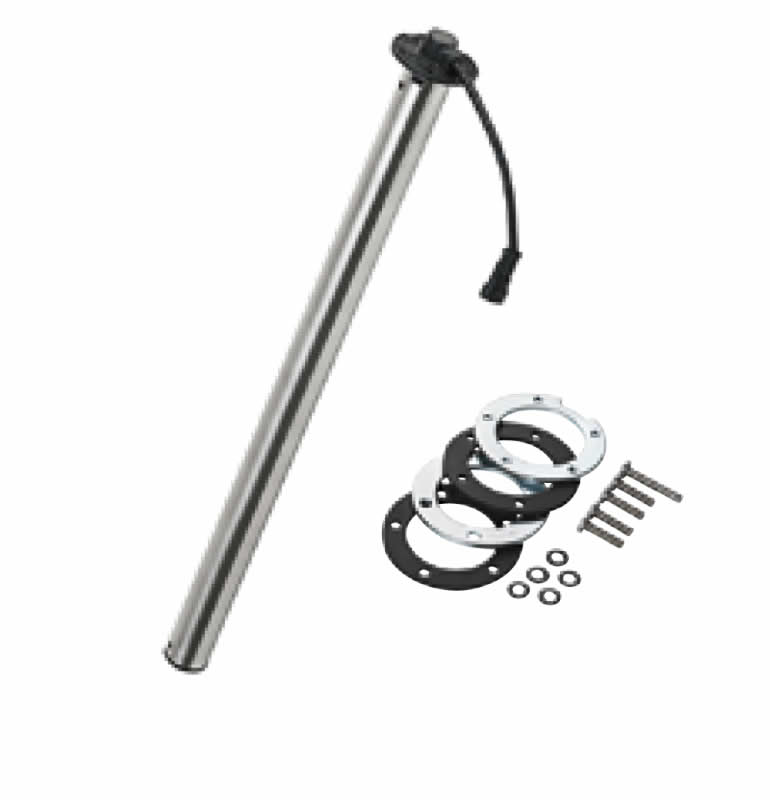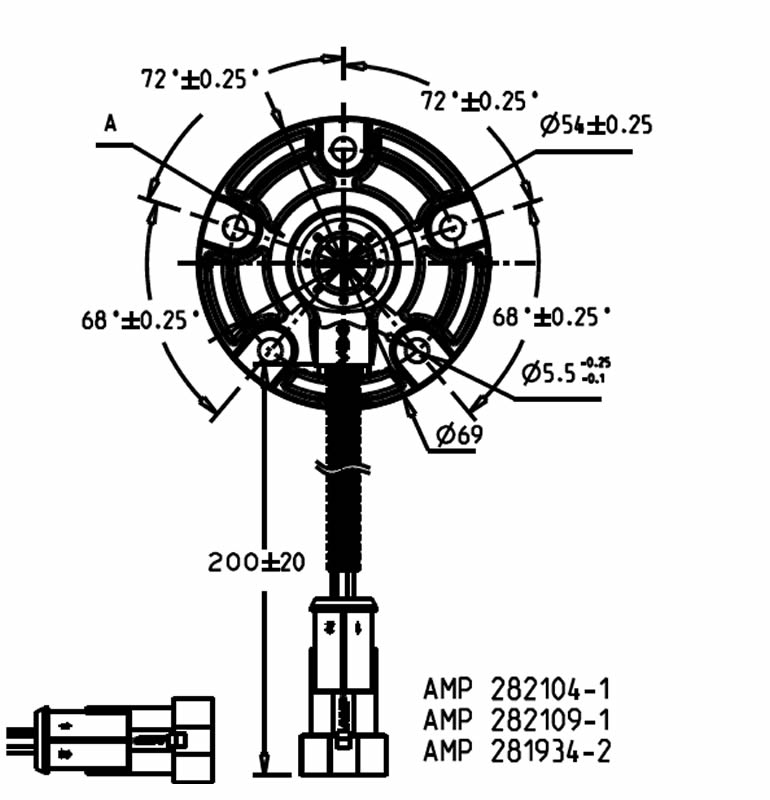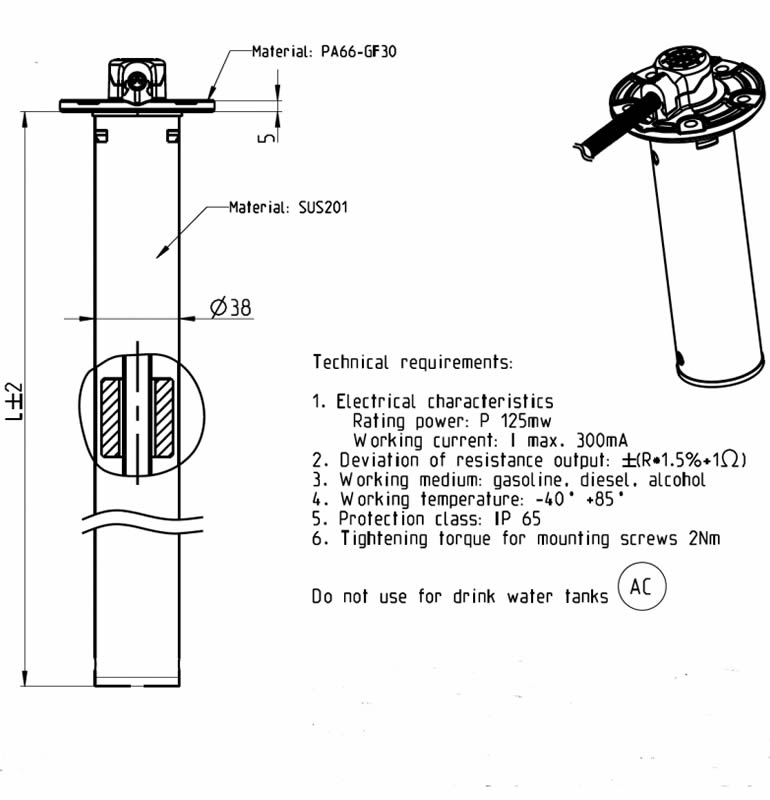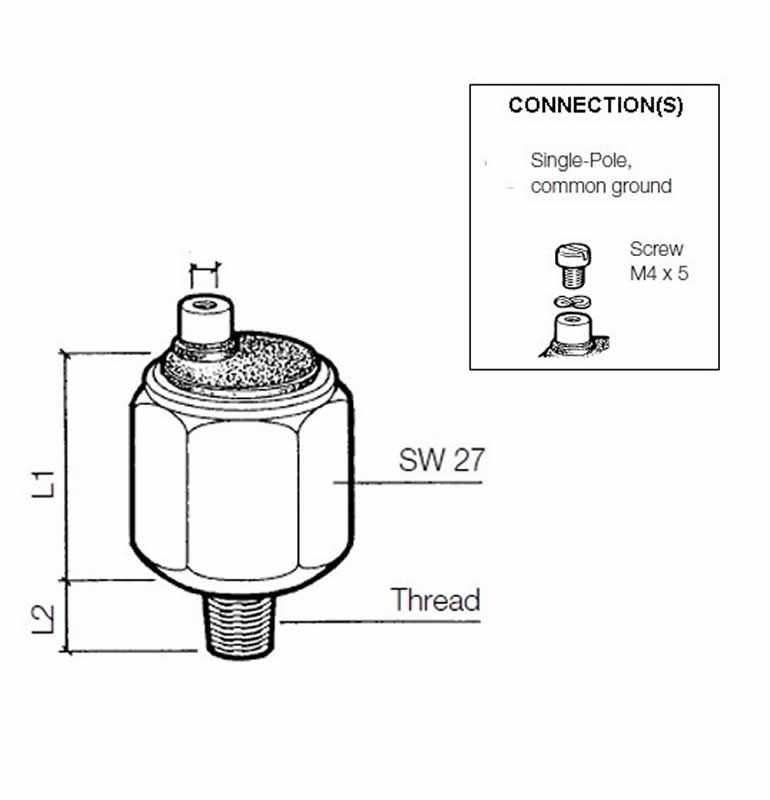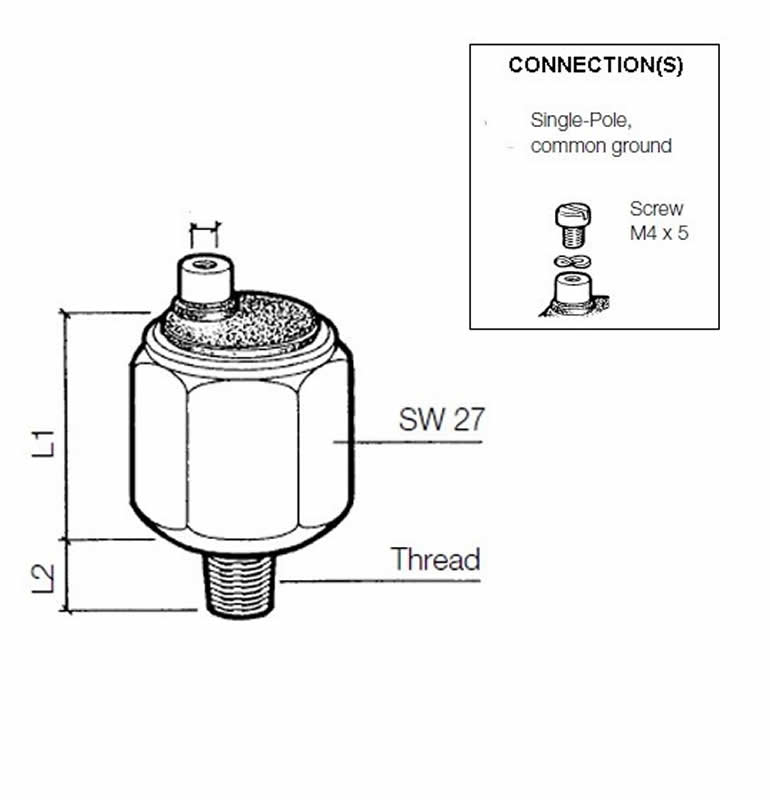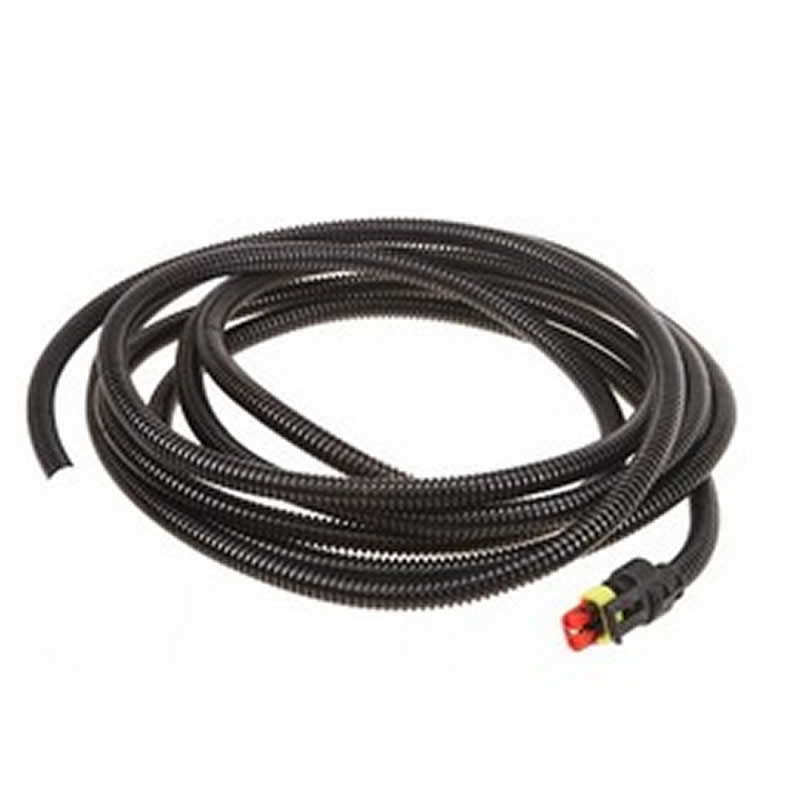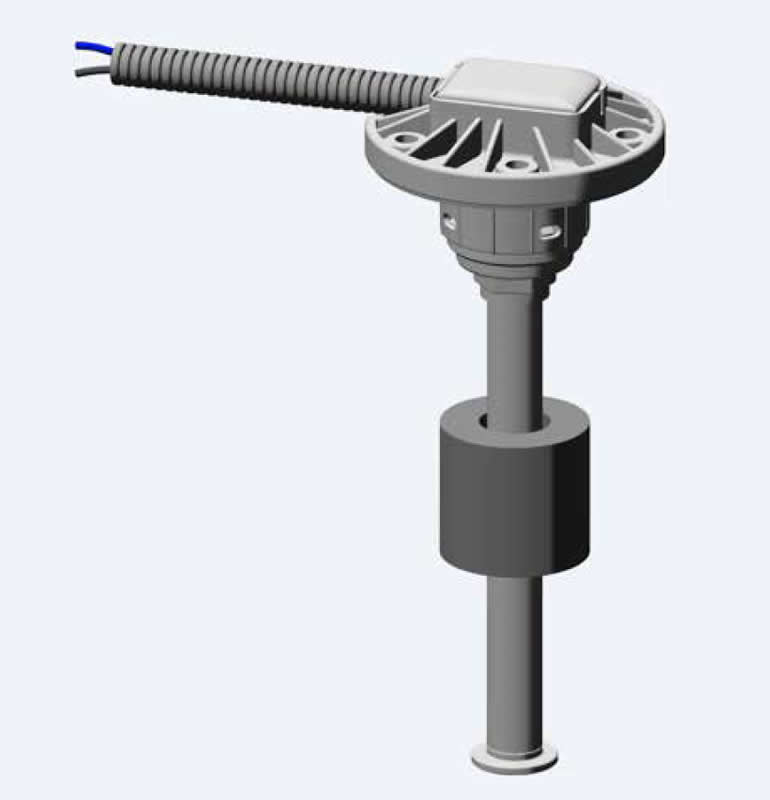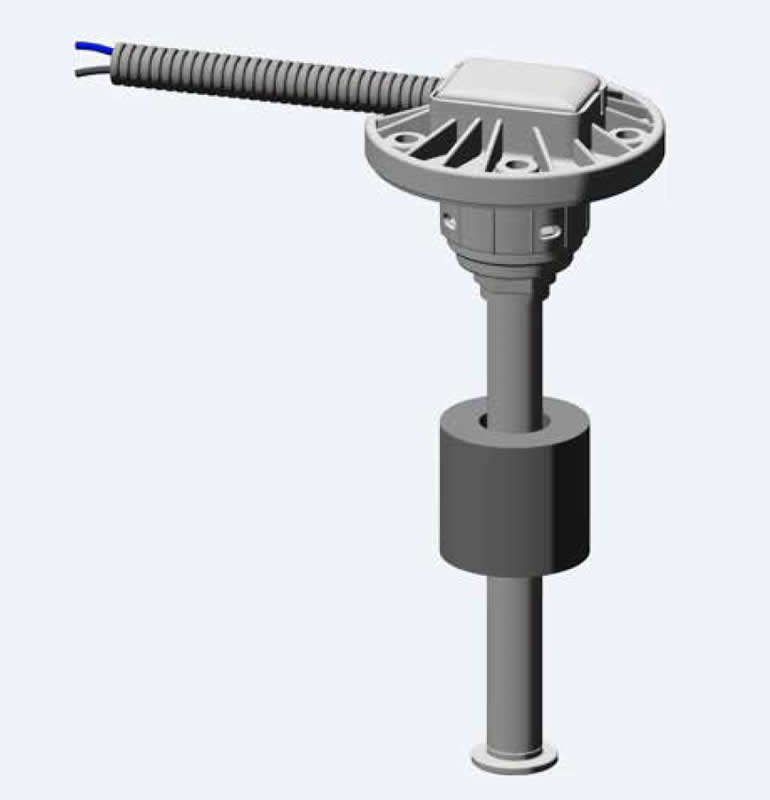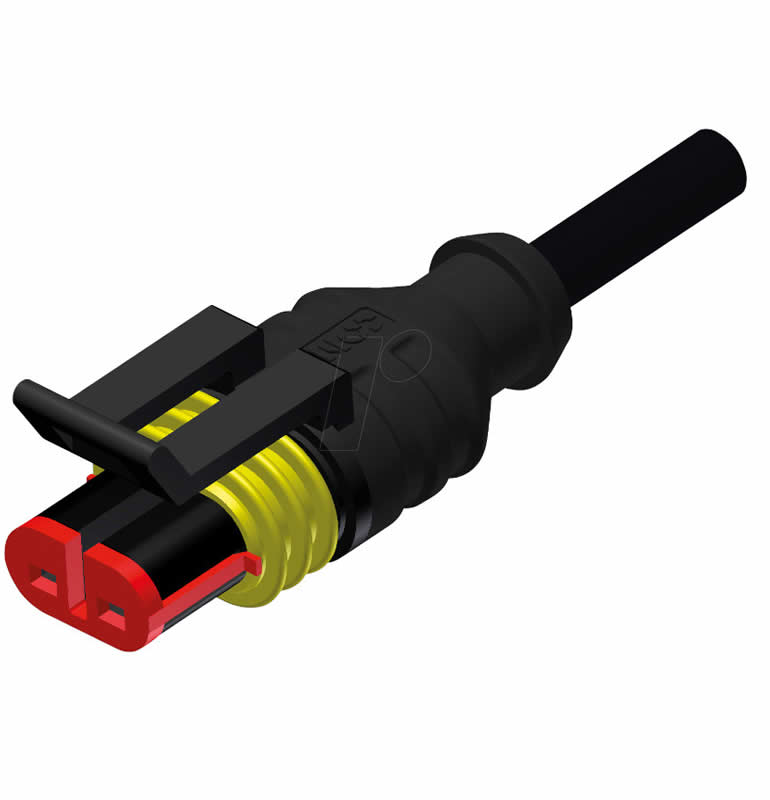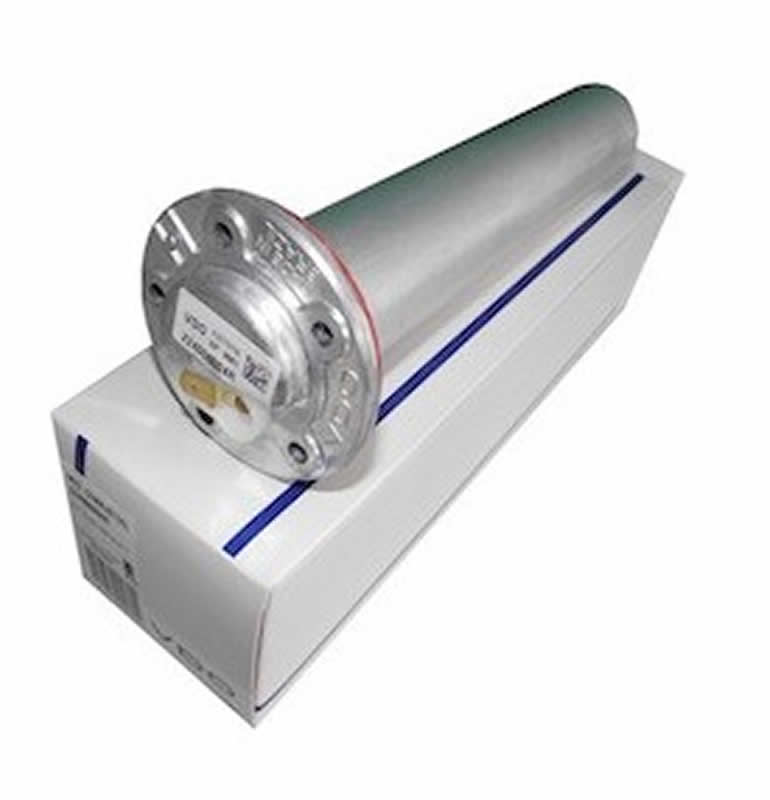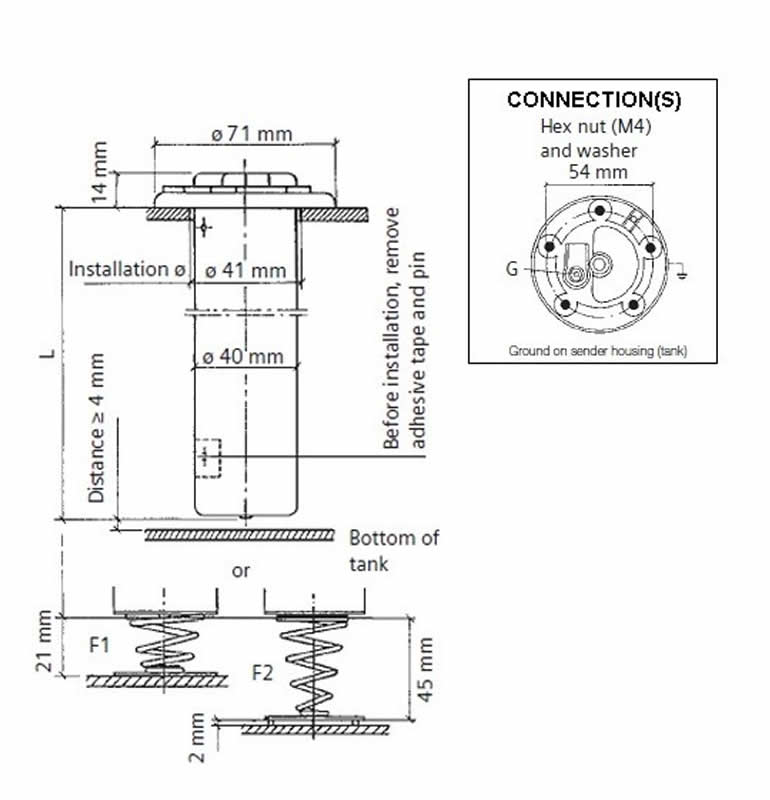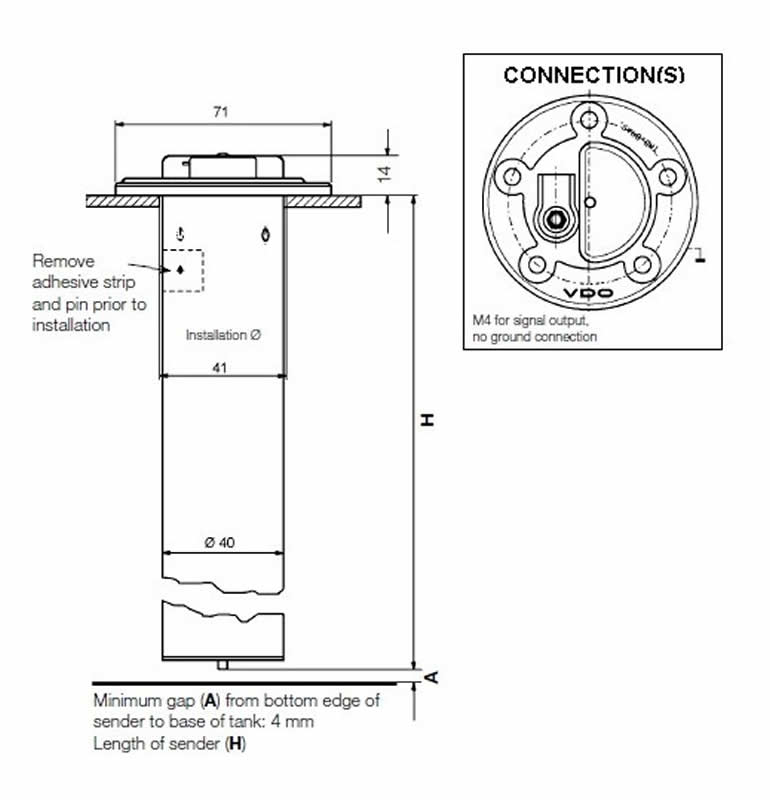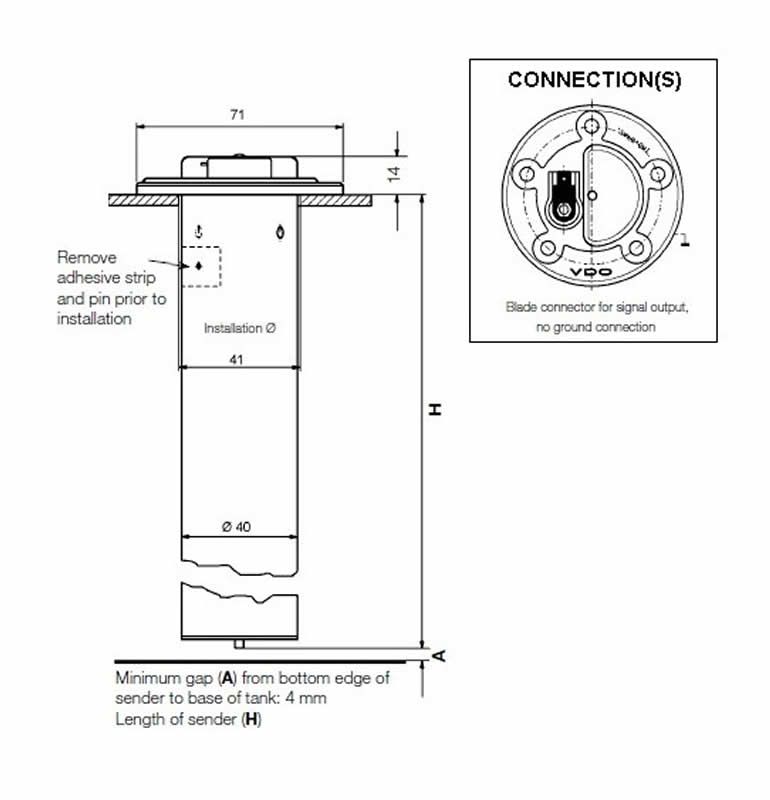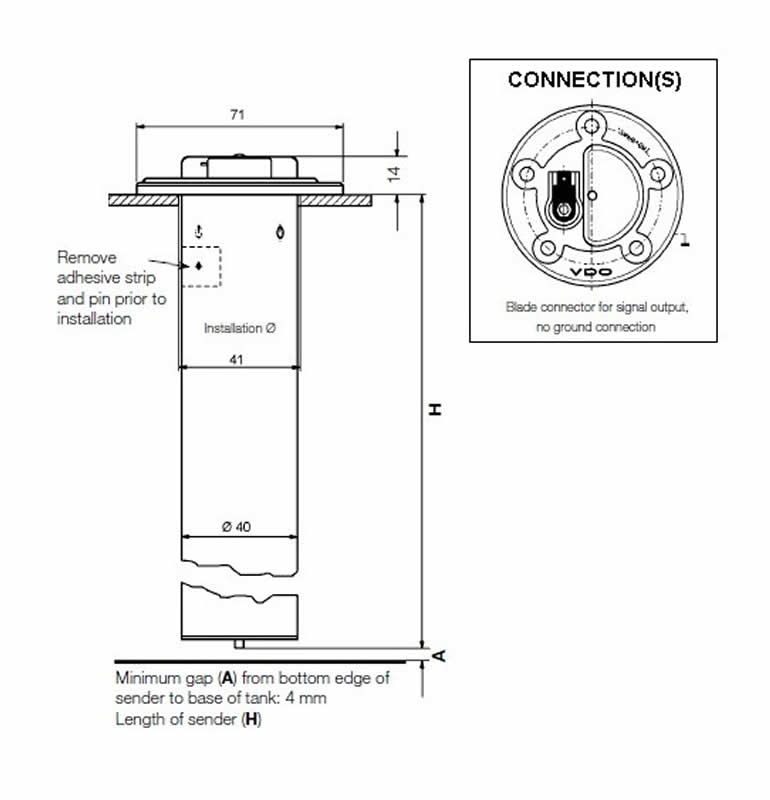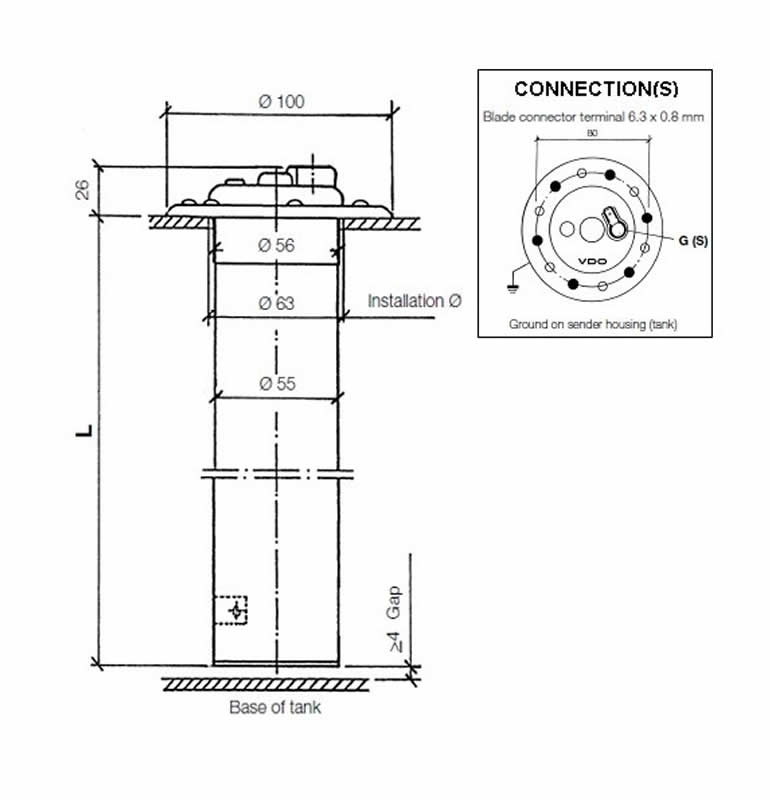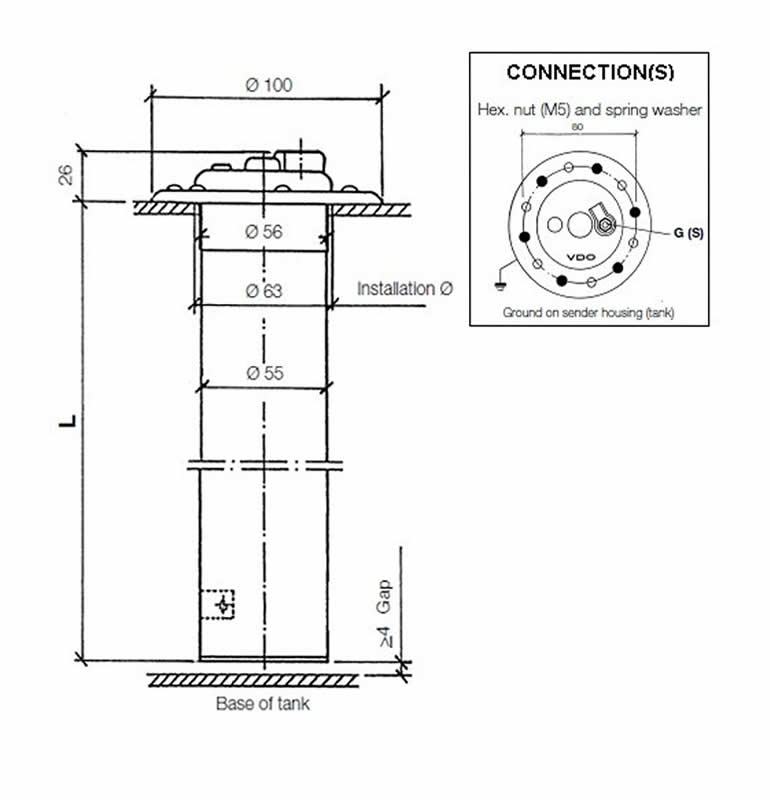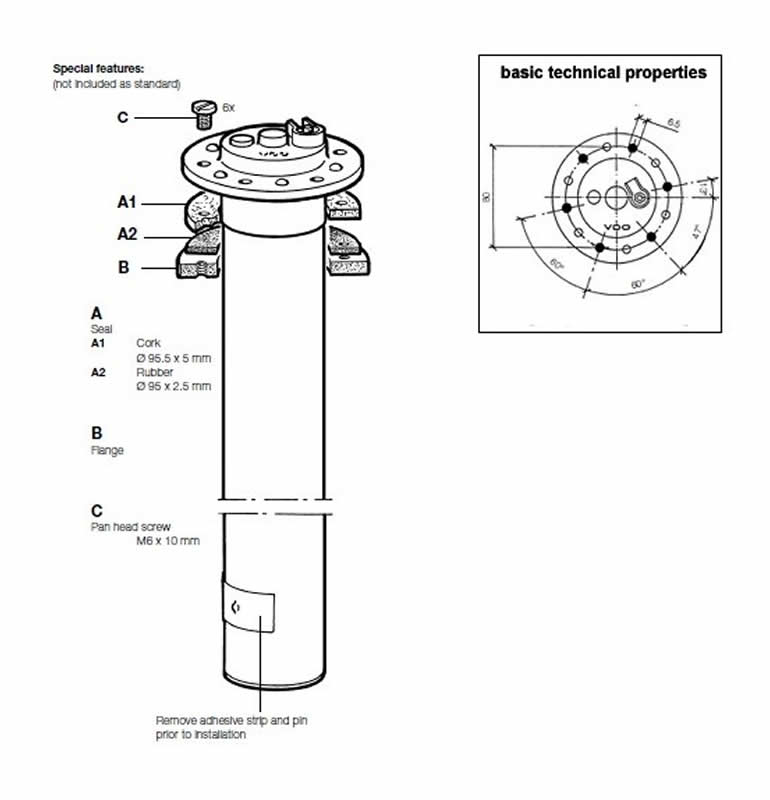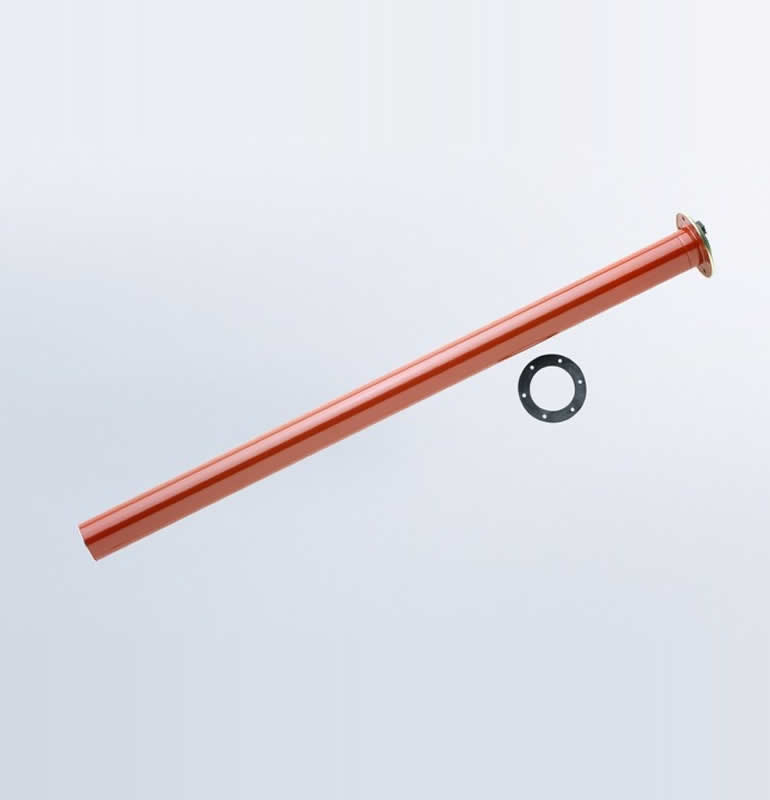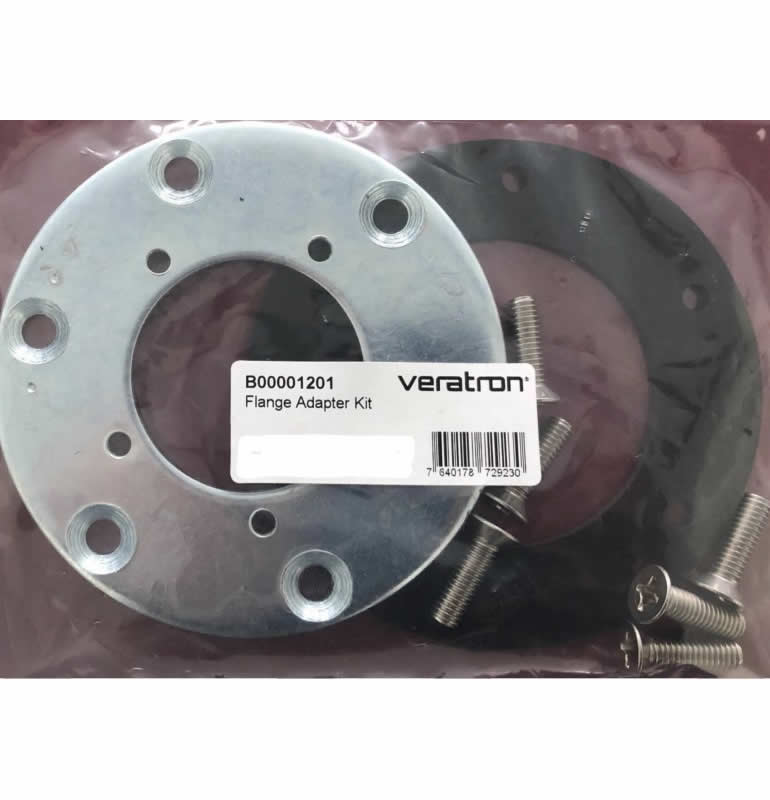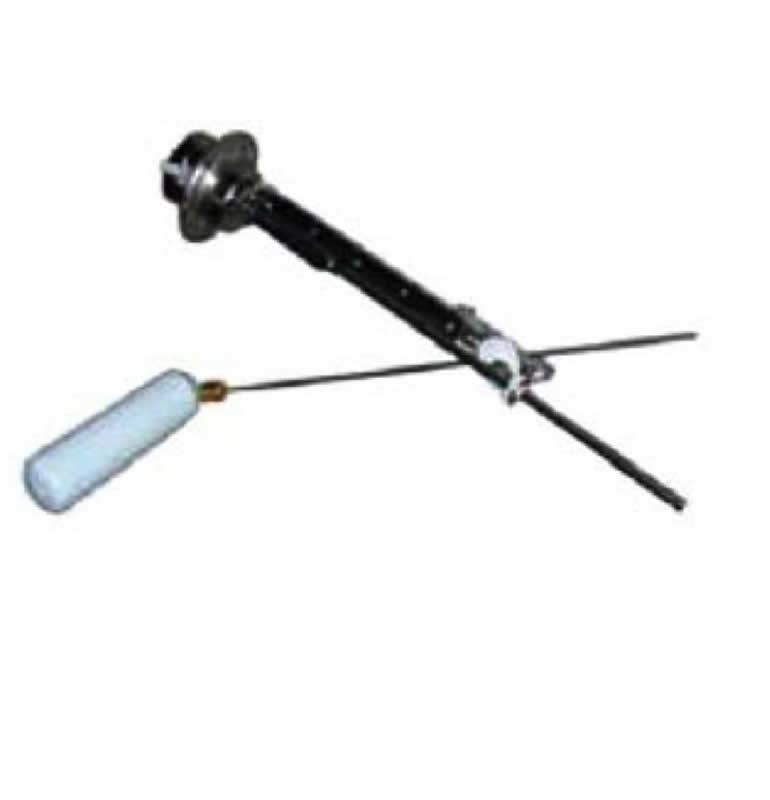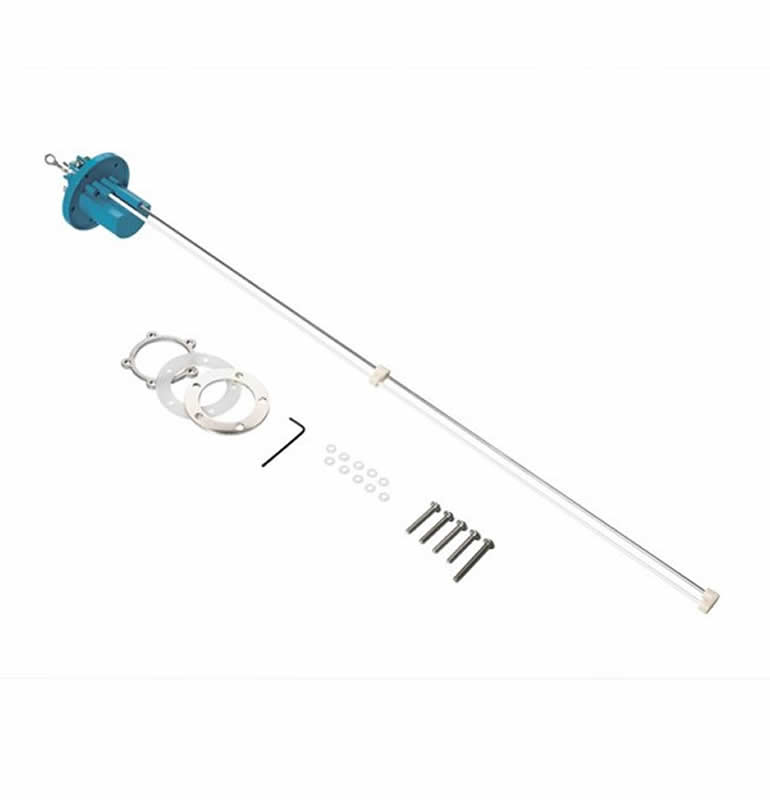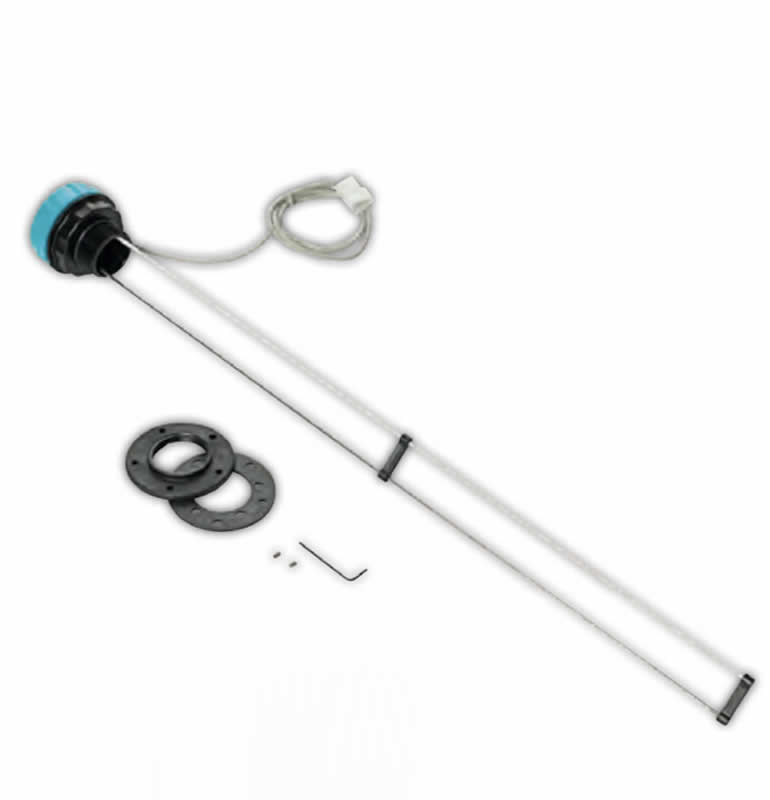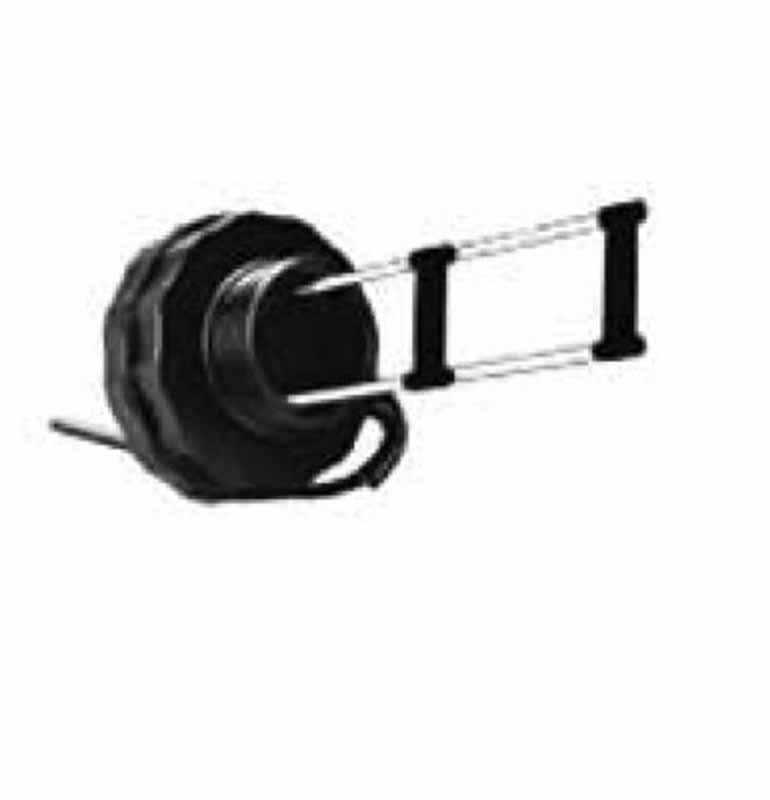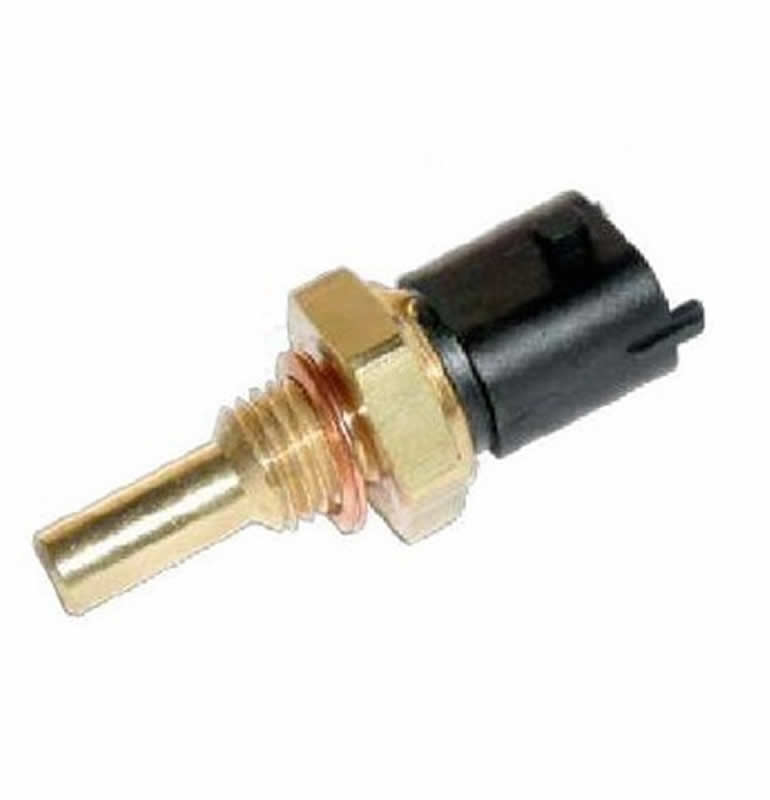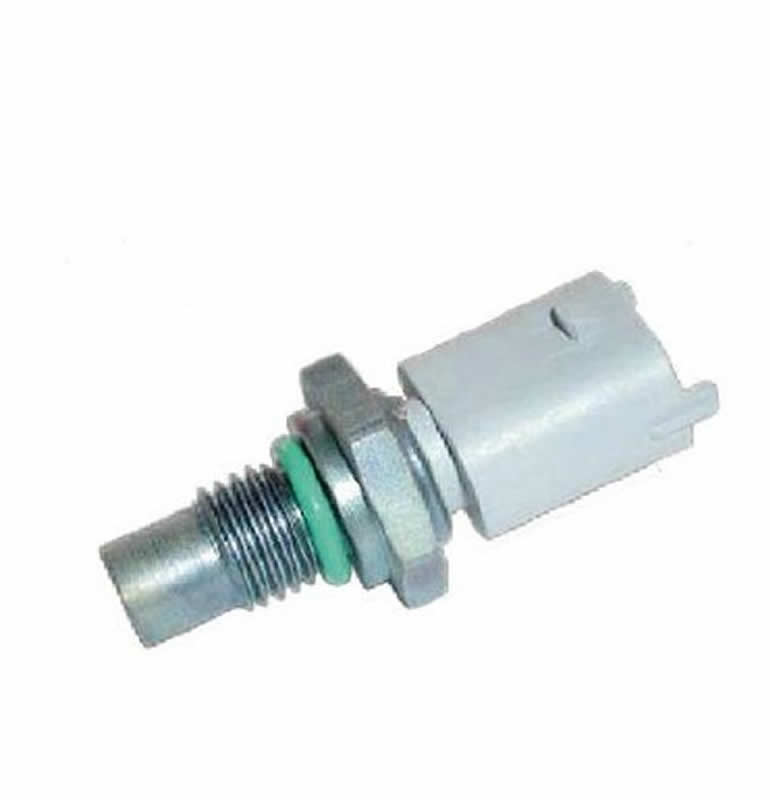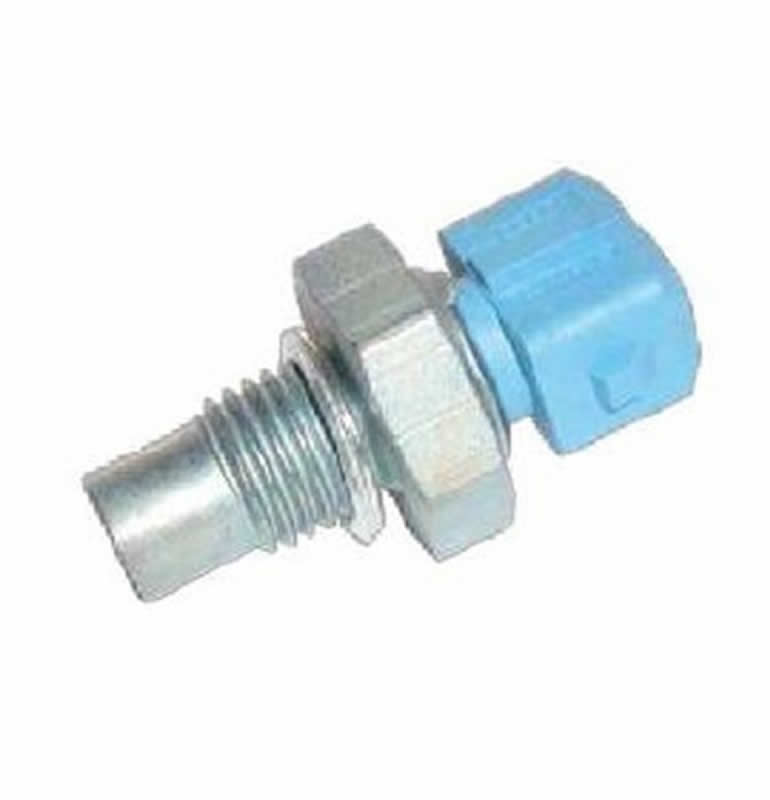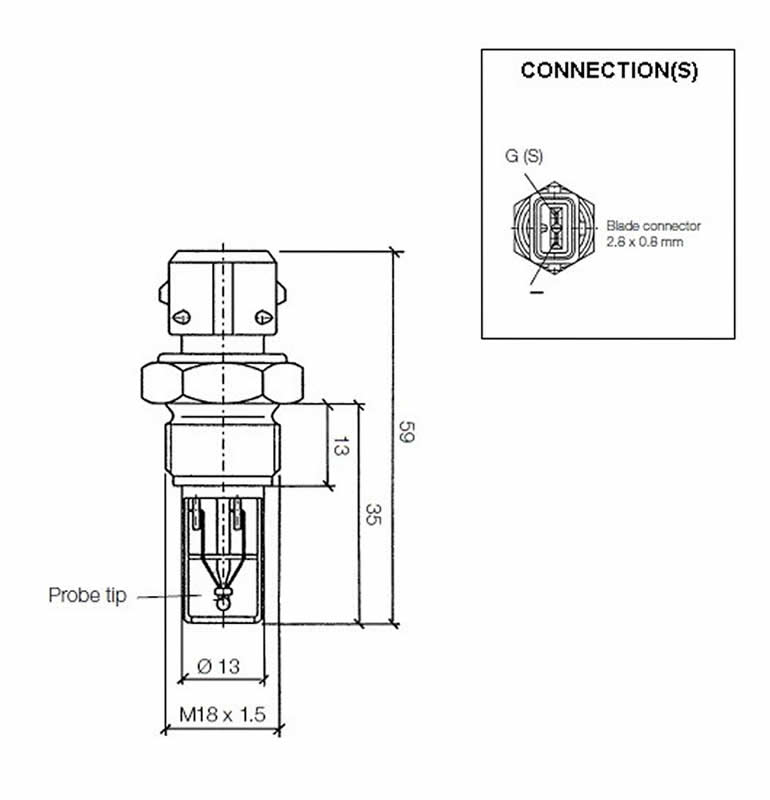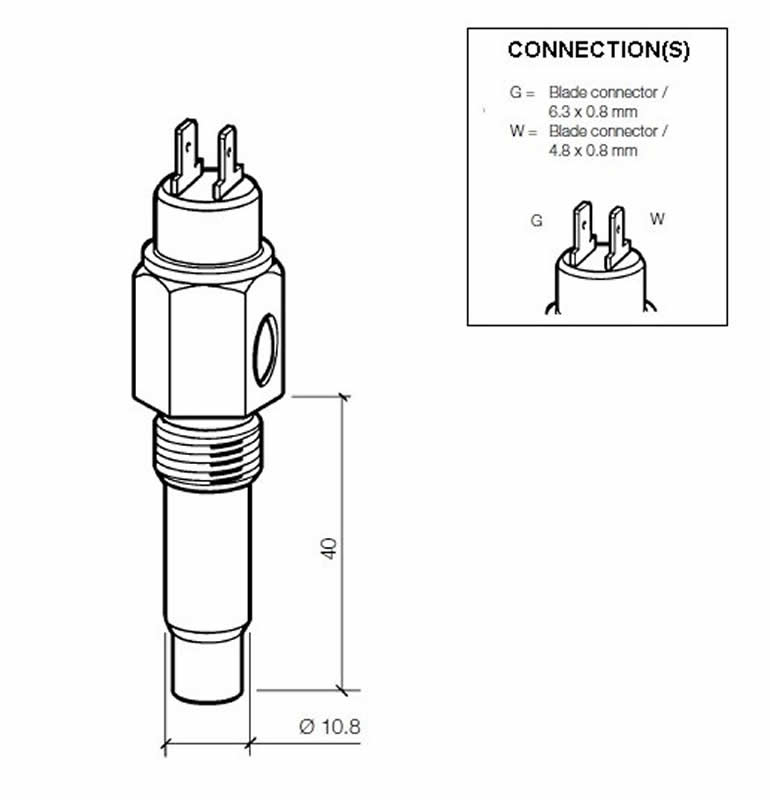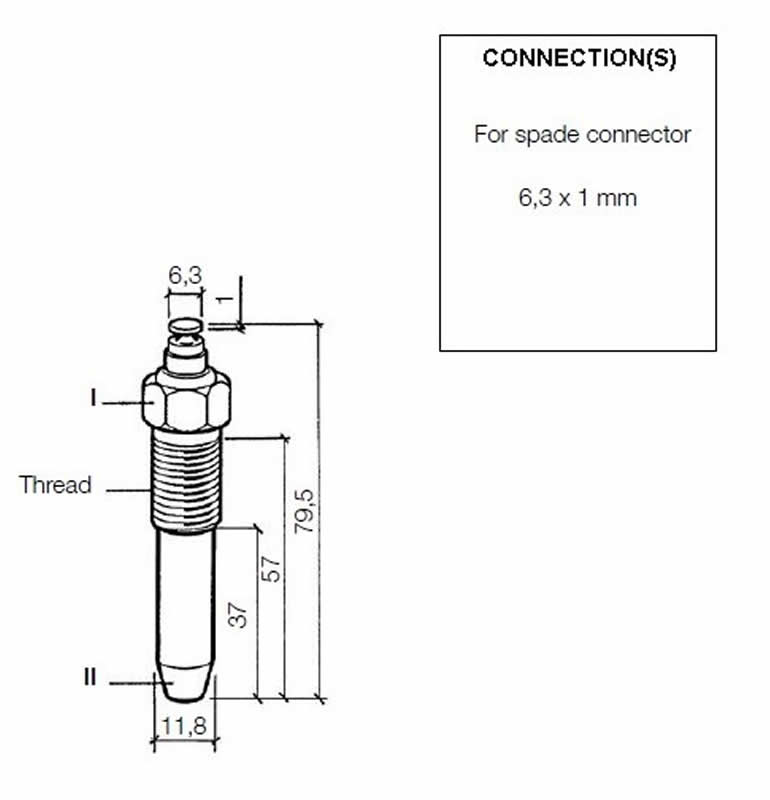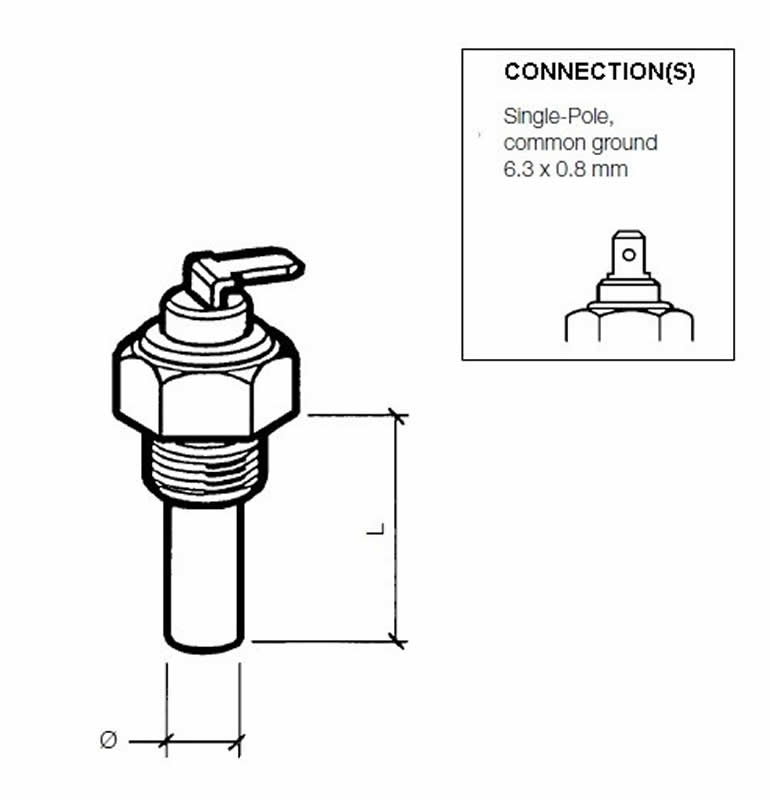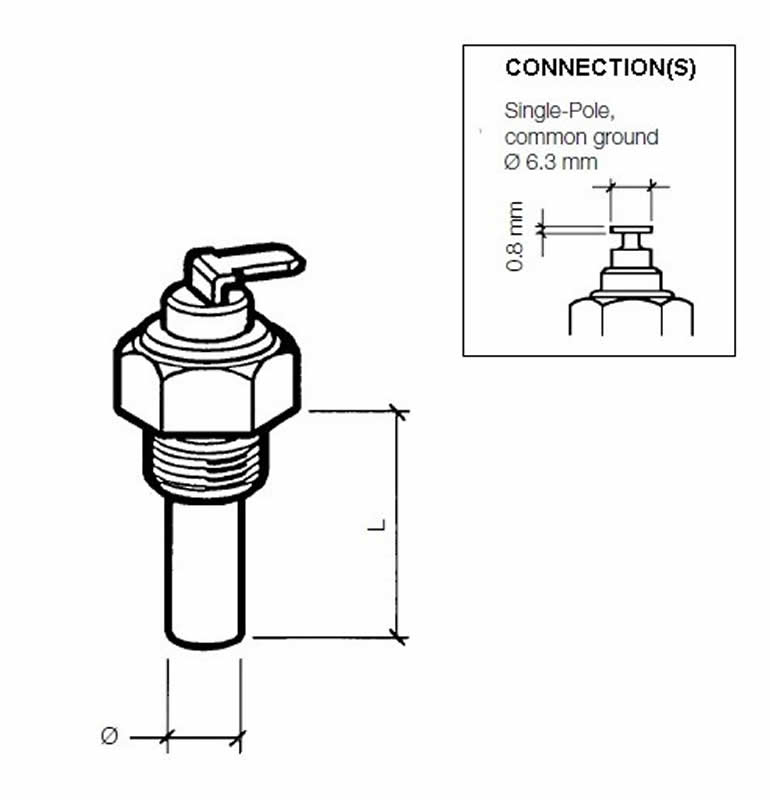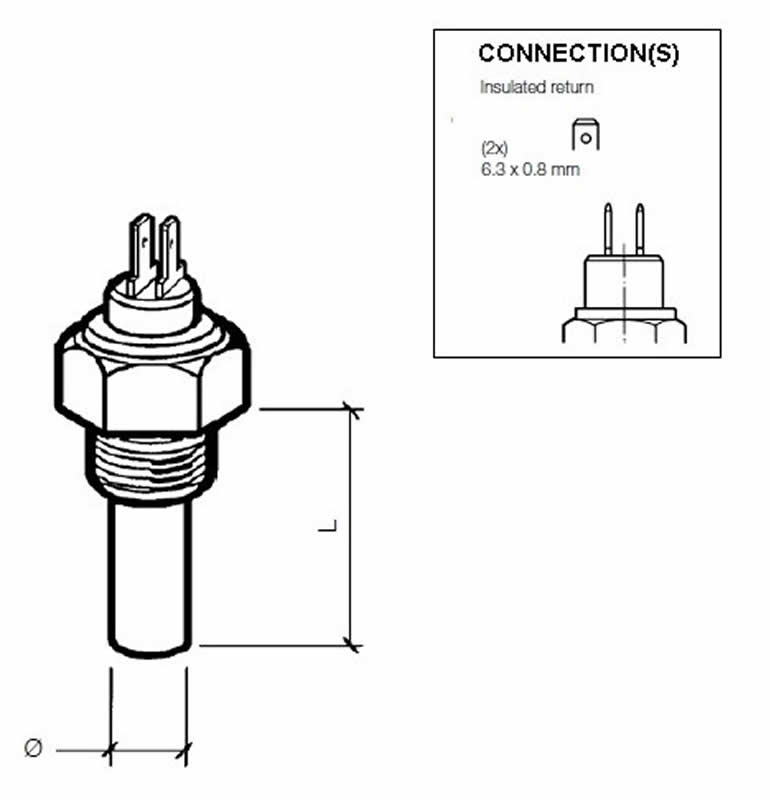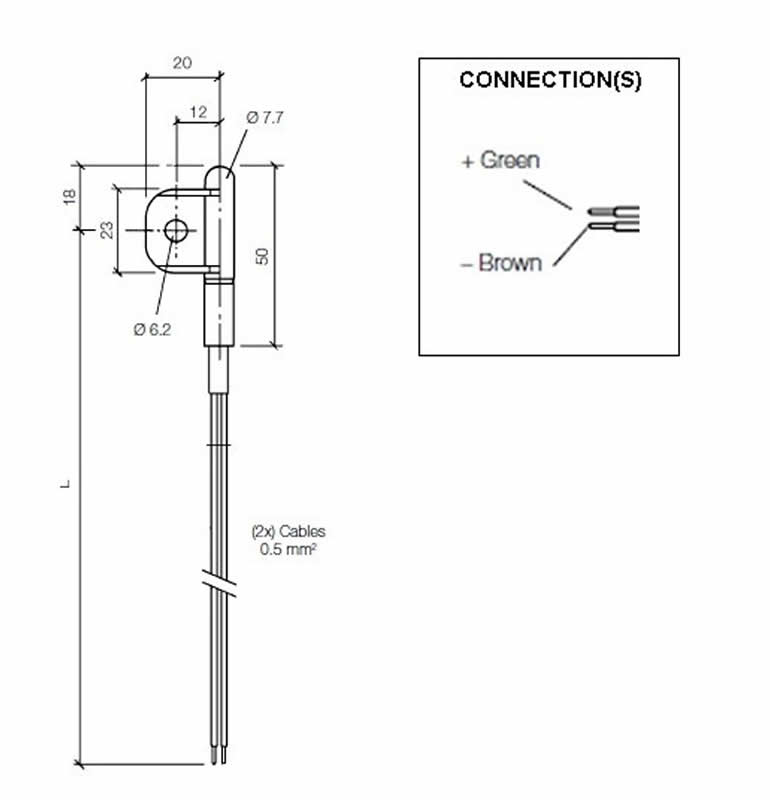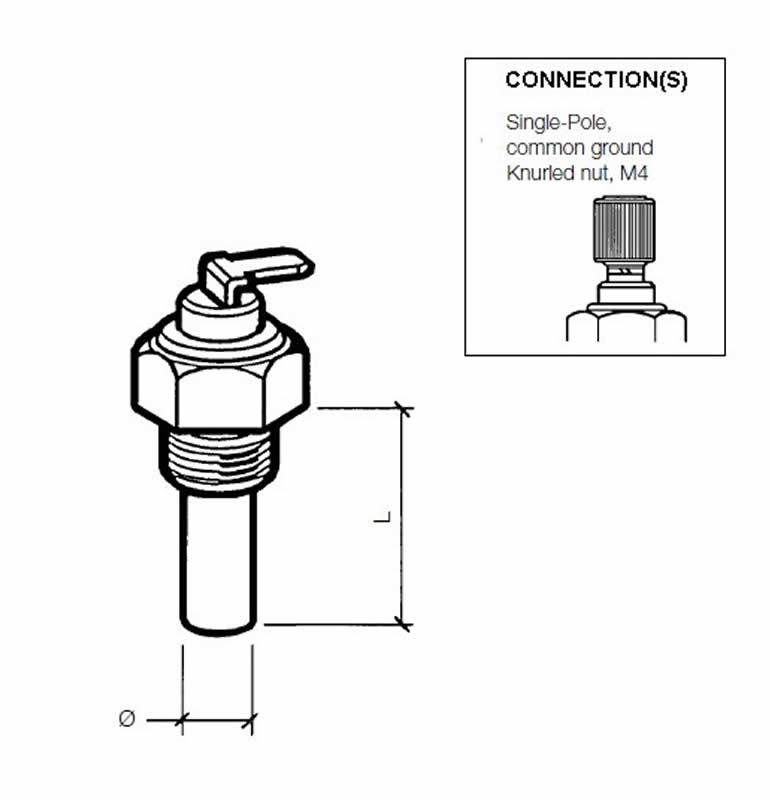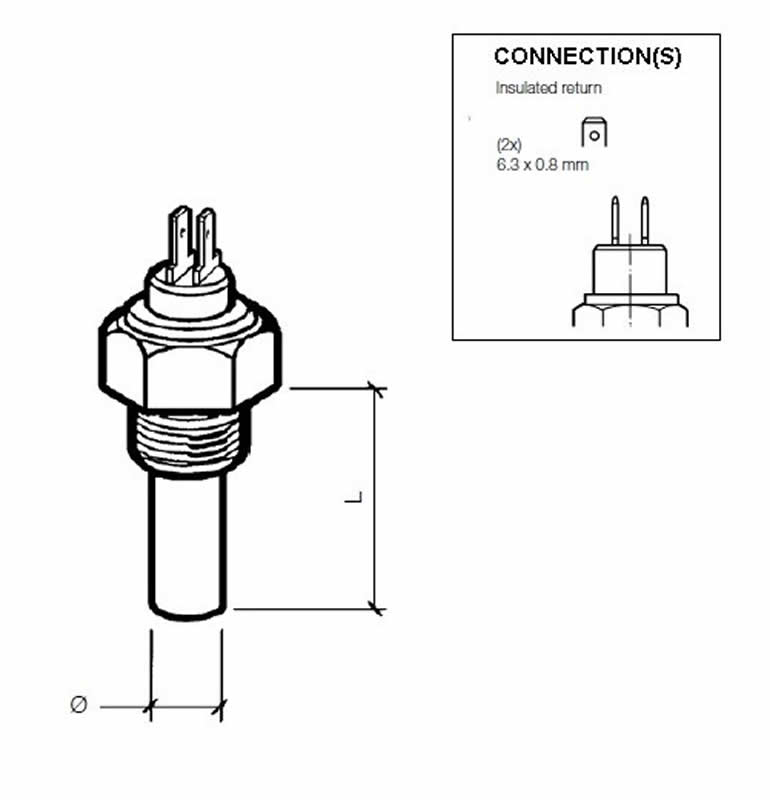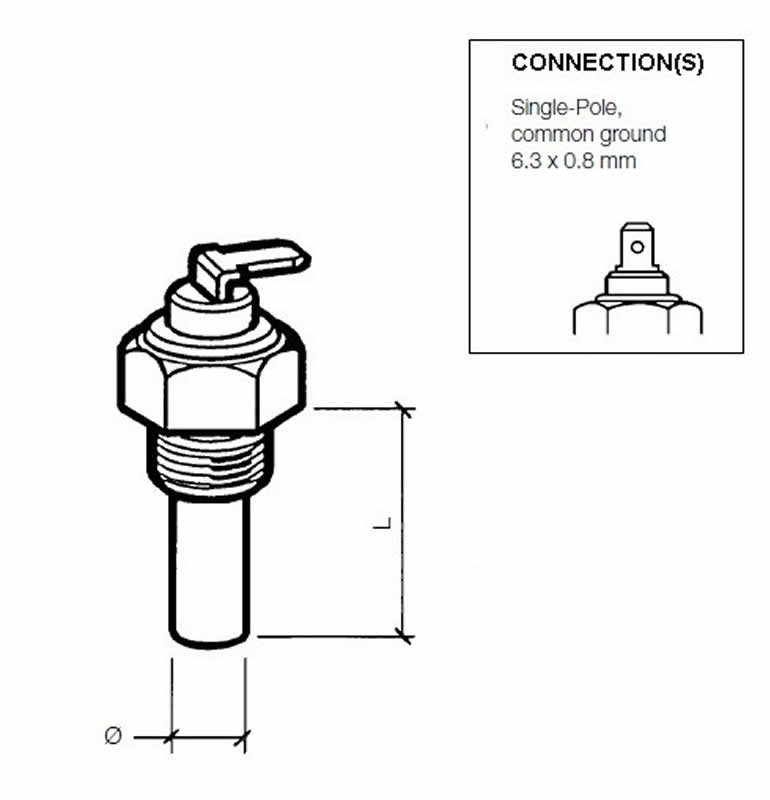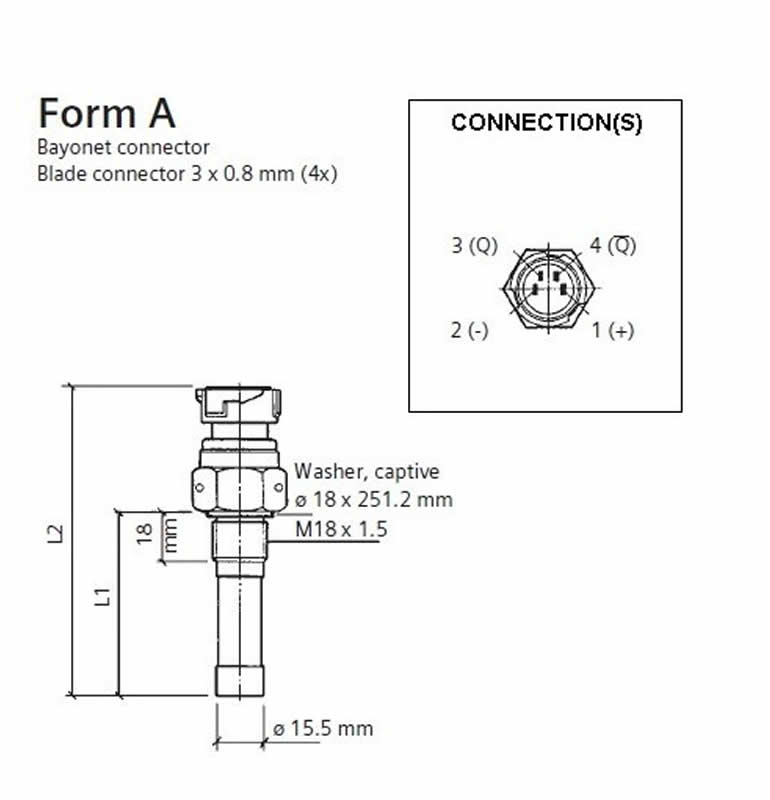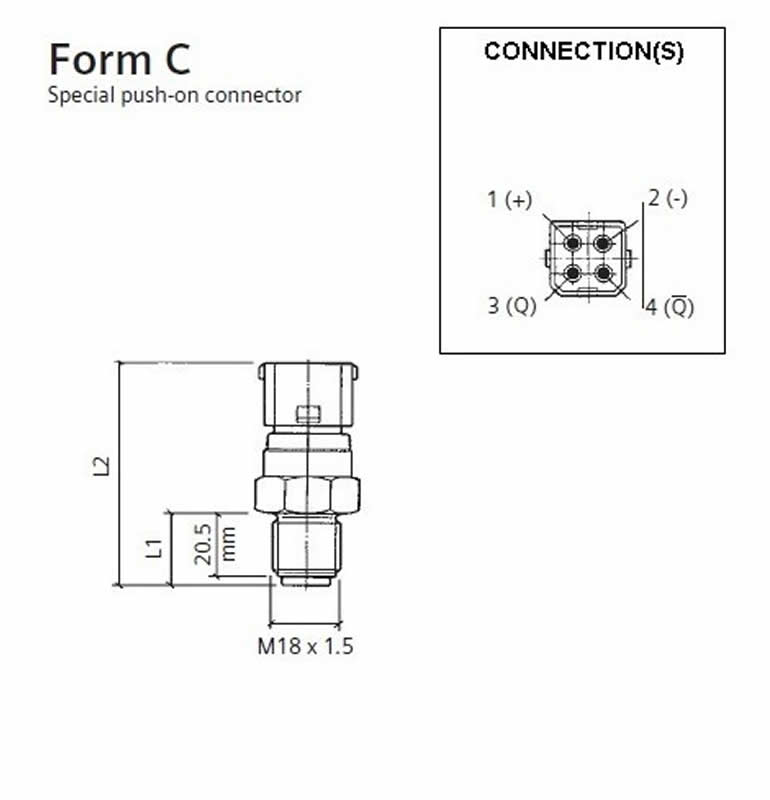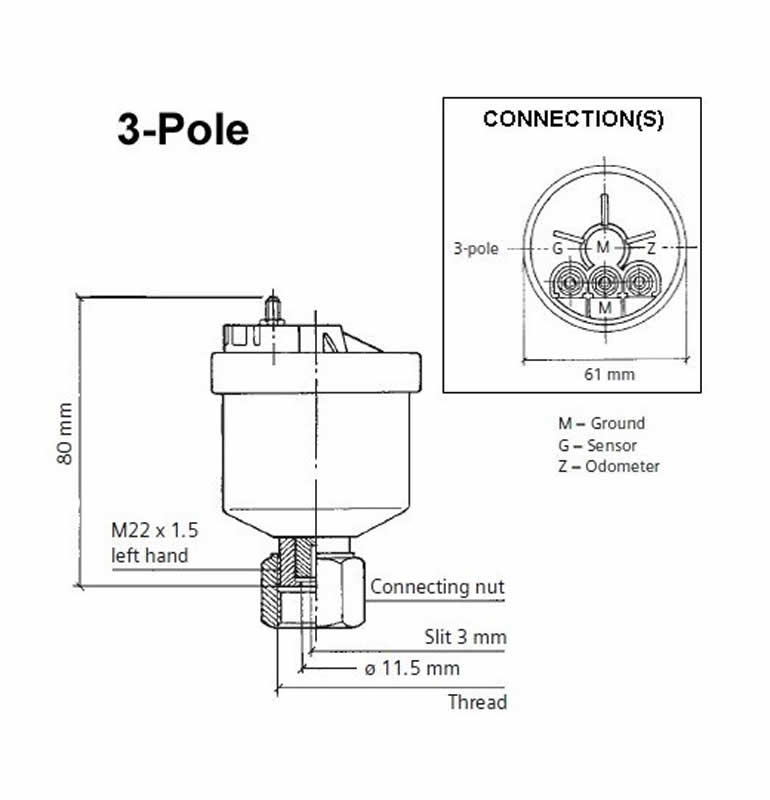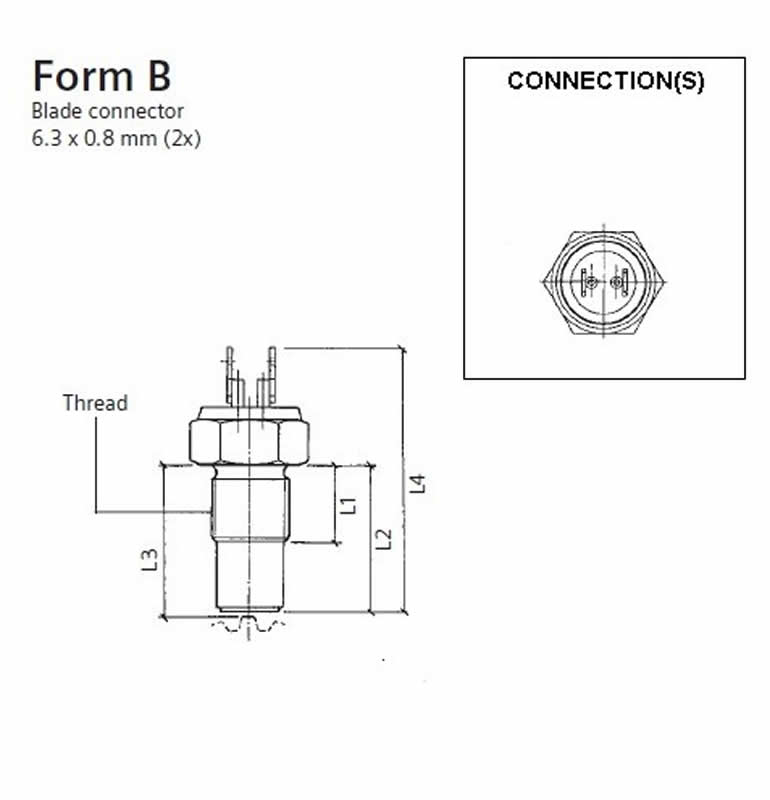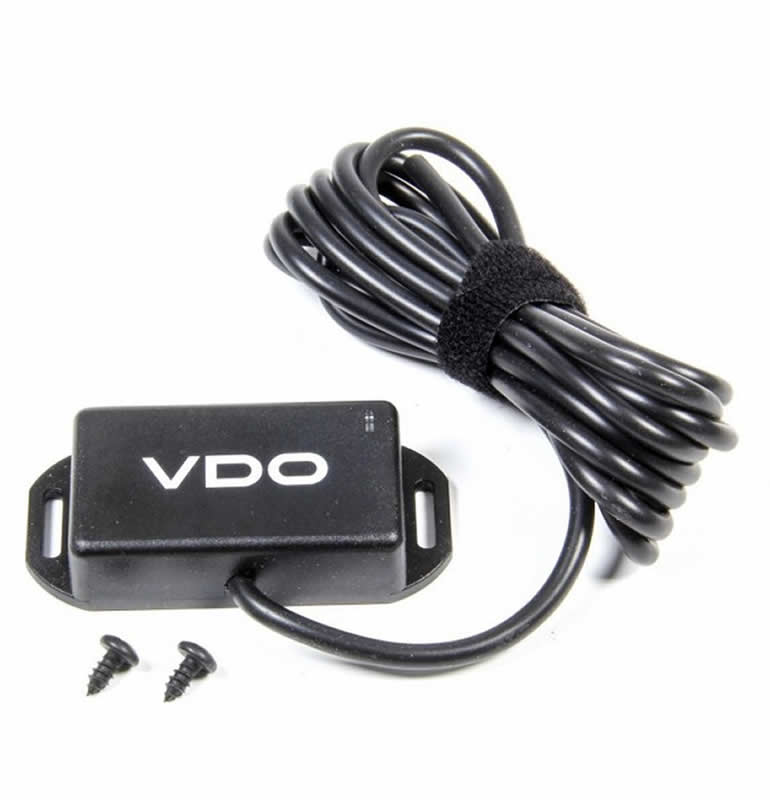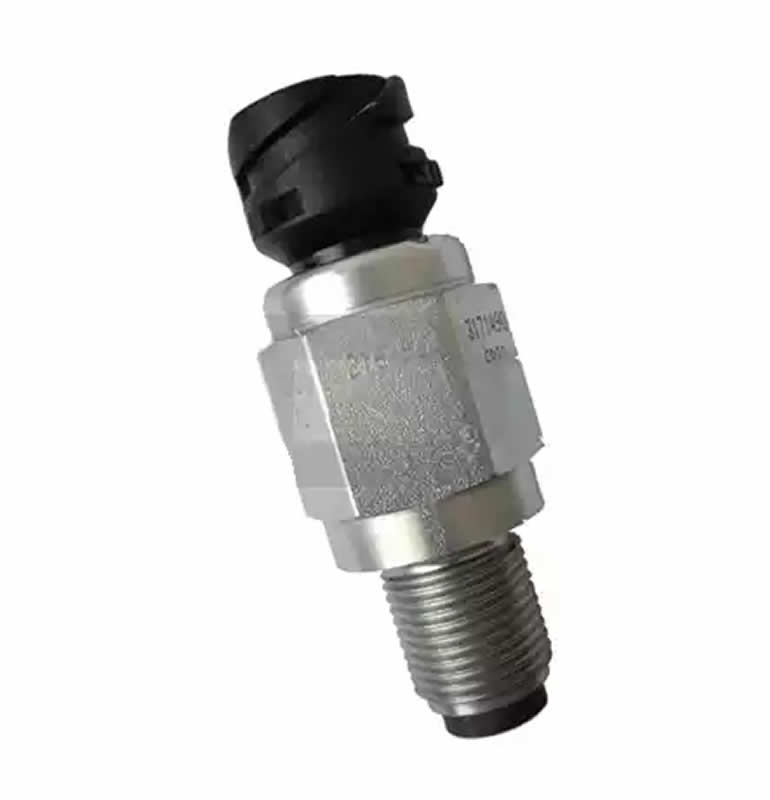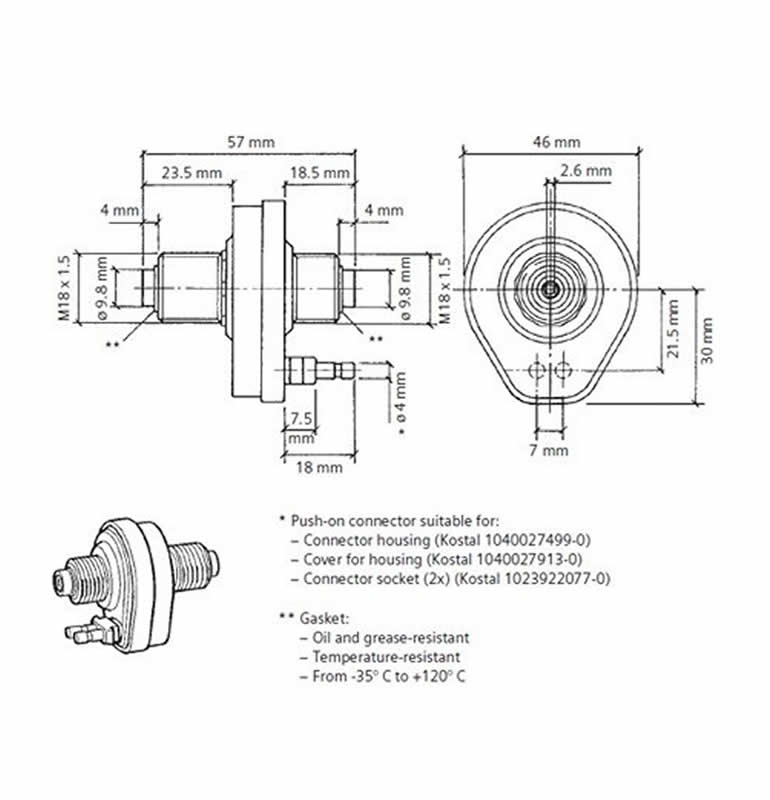Tubular Sensor Contactless 390 mm - Empty-Full 90-4 Ohm
Tubular Sensor 90-4 Ohm
The Tubular Contactless Fuel Level Sensor with a 390mm length and a resistance range of 90-4 Ohm (empty to full) is a reliable option for measuring fuel levels with higher precision and durability. Here’s a breakdown of its details:
Specifications
Tubular sensor stainless steel
Tube length: 390mm - Ø38mm
5-hole SAE Flange 54 mm PA66 GF30
Resistance empty-full: 90-4 Ohm
Suitable for water and fuel
Package 1 Tubular sensor L = 390mm
1. Compatibility
- Gauges: Compatible with fuel gauges designed for a 90-4 Ohm resistance range, commonly found in automotive and marine applications.
- Applications: It can be used in a wide variety of applications, such as:
- Automobiles and trucks
- Marine vessels
- Industrial machinery and generators
- Fuel Types: Typically compatible with gasoline, diesel, and biofuels, depending on the sensor material.
2. Installation
- Contactless Design: This type of sensor doesn’t have mechanical moving parts inside the tank, making it more resistant to wear and tear over time.
- Mounting: Similar to traditional sensors, it is installed within the fuel tank. Contactless designs may require specific mounting to avoid interference with other components in the tank.
- Wiring: Electrical connections link the sensor to the fuel gauge. It’s important to ensure that the wiring is protected, especially in harsh environments like marine or industrial applications.
- Calibration: Calibration ensures the sensor provides accurate readings across the range of fuel levels, from empty (90 Ohm) to full (4 Ohm).
3. Specifications
- Length: 390mm, suited for smaller to mid-sized fuel tanks.
- Resistance Range: 90-4 Ohm (empty to full).
- Resistance Range: 0-180 Ohm (empty to full).
- Technology: The contactless design means it uses capacitive or ultrasonic technology to detect fuel levels, which increases reliability and reduces maintenance needs.
- Material: Constructed from durable, corrosion-resistant materials suitable for use with various fuel types.
- Operating Temperature: Generally operates within a wide range, such as -40°C to +85°C, depending on the specific model.
4. Benefits
Durability: With no mechanical parts in direct contact with fuel, it offers increased longevity and fewer chances of malfunction.
 Autem ipsa ad 1 x $145.80
Autem ipsa ad 1 x $145.80 Tenetur illum amet 1 x $150.80
Tenetur illum amet 1 x $150.80 Non doloremque placeat 1 x $165.80
Non doloremque placeat 1 x $165.80
